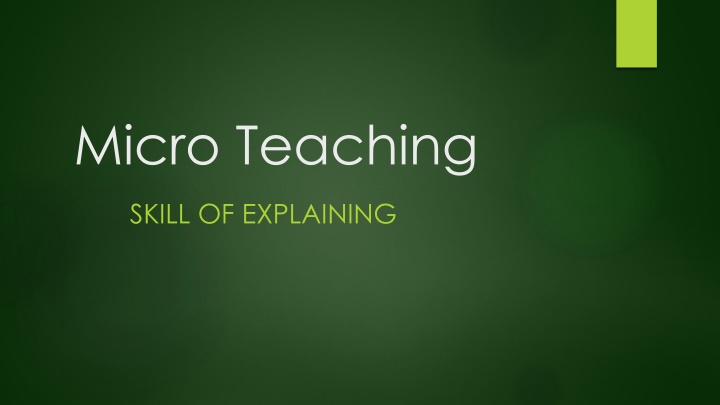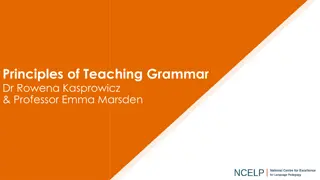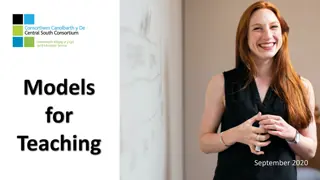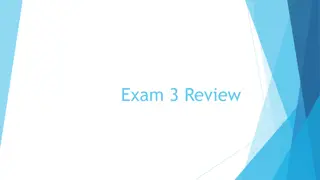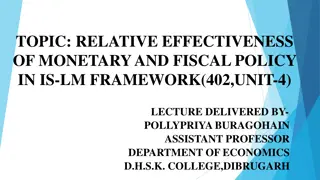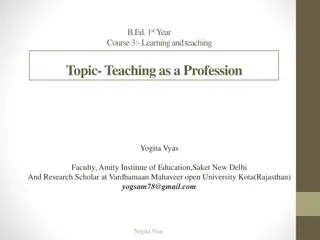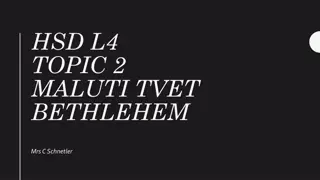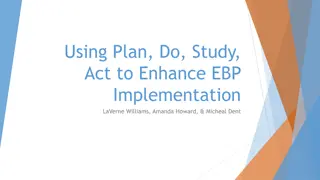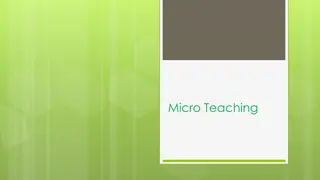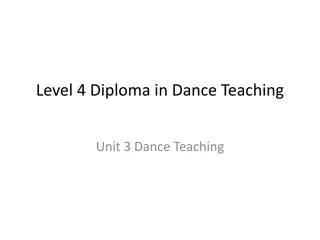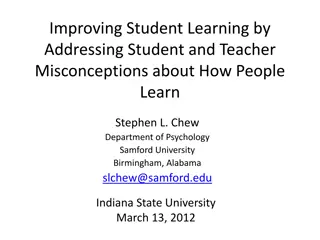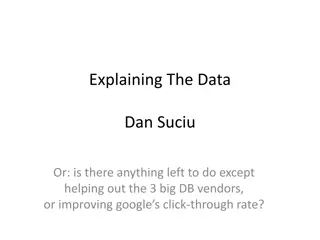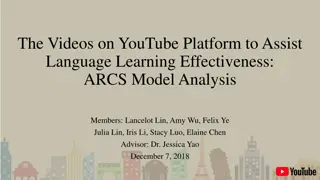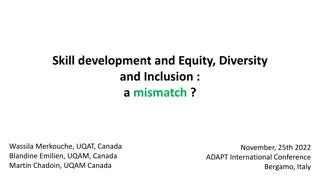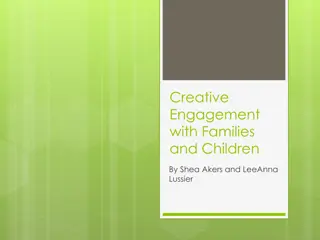Enhancing Teaching Effectiveness through the Skill of Explaining
Skill of explaining plays a crucial role in the teaching-learning process by providing clear and concise explanations to students. It involves referencing previous knowledge, introducing new concepts, relating new knowledge to what students already know, using connecting links effectively, and avoiding irrelevant statements. Enhancing this skill leads to improved comprehension and understanding among students.
Download Presentation

Please find below an Image/Link to download the presentation.
The content on the website is provided AS IS for your information and personal use only. It may not be sold, licensed, or shared on other websites without obtaining consent from the author.If you encounter any issues during the download, it is possible that the publisher has removed the file from their server.
You are allowed to download the files provided on this website for personal or commercial use, subject to the condition that they are used lawfully. All files are the property of their respective owners.
The content on the website is provided AS IS for your information and personal use only. It may not be sold, licensed, or shared on other websites without obtaining consent from the author.
E N D
Presentation Transcript
Micro Teaching SKILL OF EXPLAINING
Skill of Explaining During the teaching-learning process of some concepts, principles and phenomena, mere description of theme does not make them understandable to the pupils. The teacher has to give proper explanation and reasons to bring clarity and proper understanding of what is being taught.
Components of Skill Reference to Pupils Previous Knowledge; Introducing New Concept; Relating the new knowledge to previous knowledge; Using explaining links Concluding statement; Comprehensive knowledge (Questions to test pupils' understanding).
Donts Irrelevant statement, Lacking in continuity, Vague words and phrases.
Reference to Pupils Previous Knowledge Recalling the pupil s knowledge which they already know related to the topic using stories, pictures, incidences, asking questions, etc.
Introducing New Concept The purpose of this statement is to create readiness among the pupils to pay attention to the point being explained. It is the introductory statement to begin explanation.
Relating the new knowledge to previous knowledge New knowledge is constructed on the basis of what is already understood and believed. The idea that people's ability to learn something new follows from what they already know is not new. For example, A just born baby of a kangaroo is as small as the size of a bean. A blue whale is as big as, if ten elephants stand one behind the other. The length of an elephant is 3 metres, whereas the length of a blue whale is 29.5 metres.
Using Connecting Links These are words and phrases which are mostly conjunctions and prepositions and are generally used by the teachers which are essential to link the different thought or statements and to make his explanation effective . These are : the result of the cause of the consequence of the function of due to so that this is how therefore in order to hence since but because the purpose of such that hereafter as a result of before after thus next
Concluding Statement This is the statement made at the end of the explanation. It includes the summary of all the main results of the explanation.
Comprehensive knowledge (Questions to Test Pupils' Understanding) These are short questions put to the pupils to test their understanding of the concept after the explanation. The main purpose is simply to judge whether the pupils have understood or not.
Irrelevant Statements These are statements sometimes made by the teacher during explanation which have nothing to do with the present concept. These statements do not contribute to understanding rather create confusion in the minds of the students.
Lacking in Continuity It happens when the sentences remain incomplete or are reformulated in the middle of the statement and there are other causes also like : a statement is not logically related to the previous statement. when a topic of previously taught content is referred without showing the relationship to what is being explained. when there is no sequence of space or place.
Use of inappropriate vocabulary use of inappropriate vocabulary of technical terms which are quite unknown to pupils
use of vague words and phrases Some of these words and phrases are : some many things a little might few In addition to these words there are words and phrases like you see , Okey , correct etc. which are parts of teachers' mannerism. much something probably perhaps may in fact seems somewhat the rest almost types of actually
Thank you
